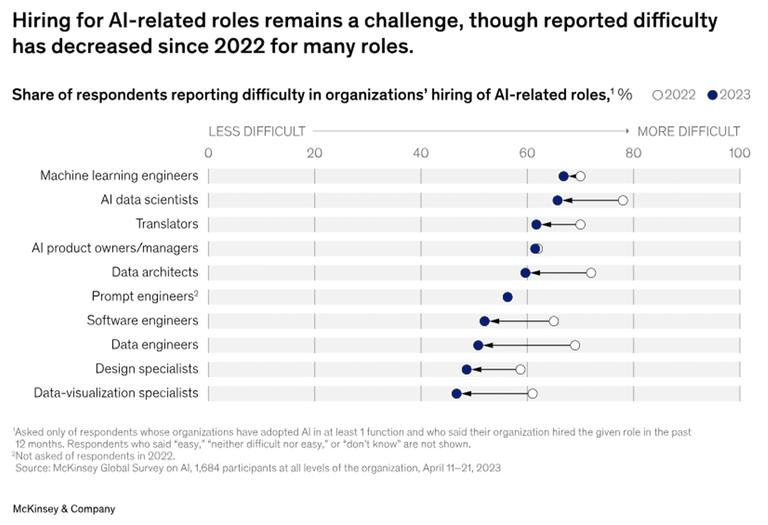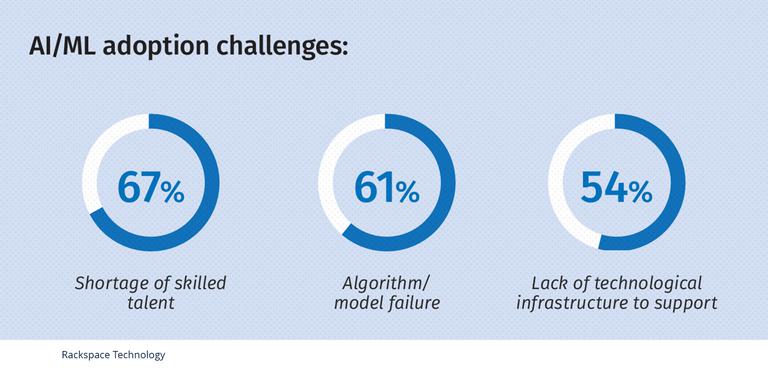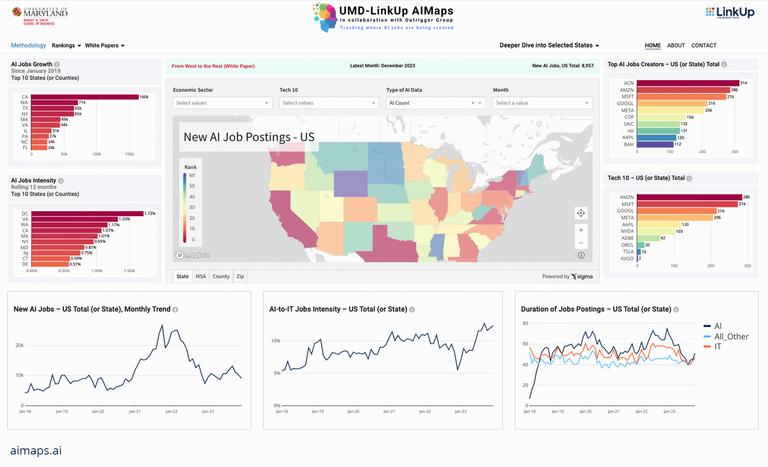Where’s My AI Revolution?
Labor supply sets the pace of tech transformation as the world learns to use it at a human speed.

Since ChatGPT launched at the end of 2022, we’ve all been living in the shadow of AI. From the earliest days of the chatbot takeover, headlines and pundits blared promises of an “AI Revolution” that would transform our lives at home and work faster than we could ask what GPT even stands for, anyway.
Just over a year later and we’ve gotten used to AI clogging the airwaves with competing claims of apocalyptic domination and unprecedented human achievement, but how much have our lives really changed? It’s likely you’ve used ChatGPT, at least to amuse yourself; your social feeds are stacked with impossible celebrity encounters rendered by OpenAI’s text-to-image model, DALL-E; maybe you’ve even engaged the services of a digital therapist like Mindspa.
But it’s in the realm of work that our anxieties of AI adoption are most acute: a stunning 75% of employees in the U.S. believe AI will make certain jobs obsolete, according to a recent survey by Ernst & Young, and 67% fear falling behind if they don’t use AI at work. Does the reality of AI adoption in the American workforce match the alarm?
A recent white paper, “The state of AI in 2023,” from McKinsey tracks the state of AI in 2023 and finds that one-third of organizations surveyed are using generative AI regularly in at least one business function and 40% of respondents say their organizations plan to increase their investments in AI in the near future. Add the unremitting confidence of Wall Street–after major losses in 2022, Alphabet, Amazon, Meta, Apple, and Microsoft managed to gain back a combined $3.9 trillion in stock value this year thanks largely to AI momentum–and you’d expect a winning recipe for rapid transformation.
And yet, even during AI’s banner year of 2023, adoption of the tech across the economy has hit a plateau. McKinsey reports that the percent of organizations adopting any AI tools has held steady since 2022, while adoption remains concentrated within a small number of business functions, namely marketing and sales, product and service development, customer care, and back-office support.

The slump has little to do with the merits of AI and everything to do with the nature of the labor market: there simply isn’t enough supply of AI-trained talent to fuel the broad adoption of the technology. Anyone may be able to use ChatGPT to draft a sales email, but when it comes to more systematic applications that drive value at scale, companies need specialists who understand the nuances of the tech. A 2023 Rackspace report which surveyed 1,420 IT managers on AI adoption put it like this: “AI and Machine Learning is smart–but it isn’t ready to implement itself.” The same report highlights the obstacles hindering AI adoption: 67% of firms blame a shortage of skilled talent and 51% point to the lack of internal skills and difficulty hiring for required roles. Taken together, businesses in tech and elsewhere demand more AI skills than can be filled by the current pool of workers across the U.S.

The potential of AI and the demand it’s generated are hot hot hot, and the supply of AI-skilled talent is bound to catch up. But we’re reminded that it will happen at a human speed. Learning takes time, and even if the tools of AI itself are improving at exponential velocity, the workman tasked with understanding and using them is the same as he or she ever was. Young people looking ahead to their first jobs will rush to fill the classrooms and digital certification hubs of new AI training programs while organizations poised for growth will invest in the upskilling or reskilling of their employees.
In the interval of this learning curve, fortunes will be made by anticipating which industries, companies, and regions are best prepared to leverage AI to their benefit, and fortunes lost by those who misread a slump in adoption as evidence that AI is less consequential than present enthusiasm admits. The best indicators of AI growth won’t come from the next OpenAI product launch, but from the signals of the labor market–how many open jobs are calling for AI-related skills? What states and cities are seeing the biggest surges in AI job creation? How much of a compensation premium are tech companies putting on 5 years of AI experience?
LinkUp indexes millions of job listings from over 30,000 company websites every day. Unlike BLS and other data providers, we never rely on surveys, because we don’t have to. Job listings are inherently forward-looking signals of a company’s strategic thinking and resource allocation–the open job today is the filled one tomorrow. And they’re precisely the right signal to navigate the route and nature of AI adoption across the labor market.

Our job data allows clients to track the percolation of AI from the bottom up, as listings continually incorporate more AI skills into their requirements. Zoomed in, we can see which companies are hiring aggressively and competitively in particular AI competencies, and at a more macro level, our job market data can map the movement and intensity of AI hires across the globe. In short, job listing data gives us a privileged view of AI adoption in real time–actually ahead of time, as listings indicate the future configuration of a company. This knowledge gives an edge to municipal governments redefining themselves as tech hubs, employers gauging the competitiveness of their talent strategy, and investors evaluating companies positioned for innovation.
Though it hasn’t moved as quickly or pervasively as our anxious imaginings of it, AI is likely to take hold in the way that so many earth-shaking technologies have before it: slowly, and then all at once. Watch the world adopt AI in real time with LinkUp job data.
Mapping the AI Revolution Blog Series:
Insights: Insights and resources from LinkUp
-
Blog
12.16.2025
The U.S. Labor Market Is Weaker Than Consensus & Recession Risk Is Higher
Read full article -
Blog
12.10.2025
LinkUp Forecast: November JOLTS report by the BLS
Read full article -
Blog
12.10.2025
November 2025 Jobs Recap: U.S. Labor Demand Cools as Job Listings Drop 7.4%
Read full article
Stay Informed: Get monthly job market insights delivered right to your inbox.
Thank you for your message!
The LinkUp team will be in touch shortly.
